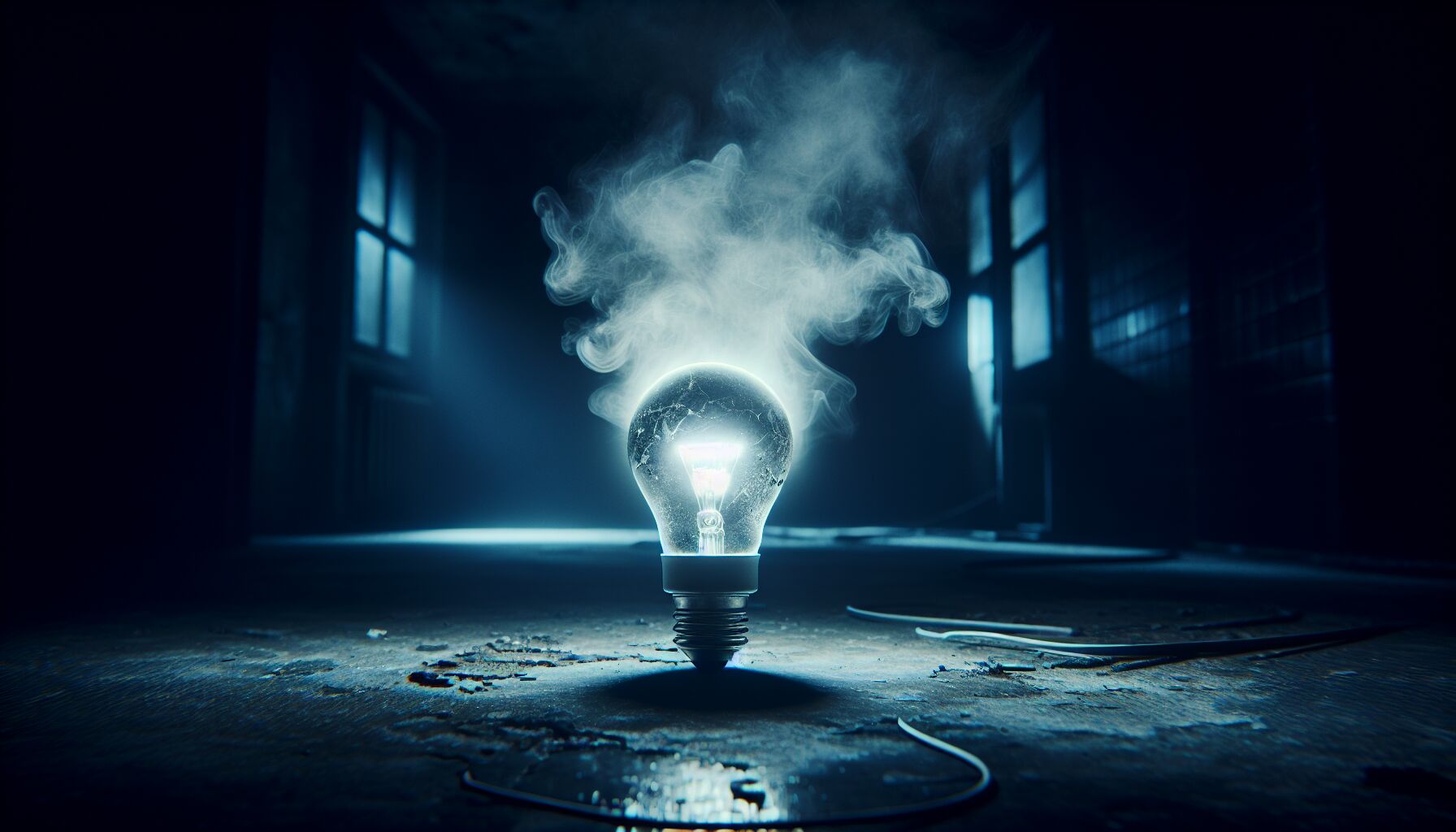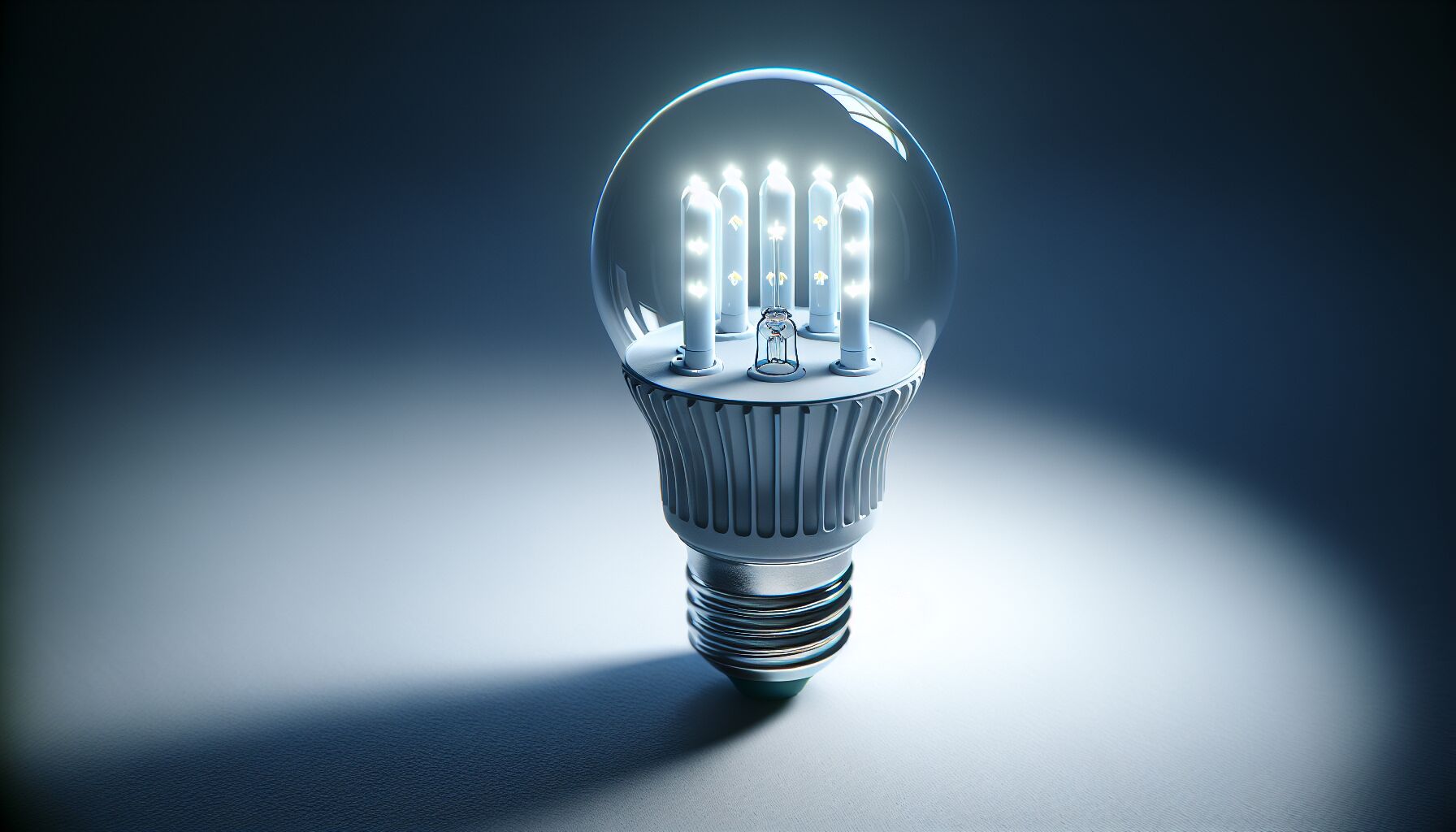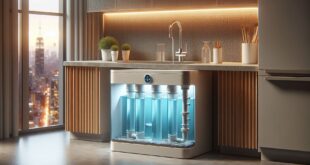 Cheap LEDs might seem like a smart buy—after all, they promise energy efficiency at a fraction of the cost of premium brands. But here’s the kicker: low-quality LEDs can introduce serious risks into your home without you even realizing it. From poor durability to hazardous materials, these budget-friendly options often come with hidden dangers that could compromise your health and safety.
Cheap LEDs might seem like a smart buy—after all, they promise energy efficiency at a fraction of the cost of premium brands. But here’s the kicker: low-quality LEDs can introduce serious risks into your home without you even realizing it. From poor durability to hazardous materials, these budget-friendly options often come with hidden dangers that could compromise your health and safety.
When “Energy Efficient” Doesn’t Mean “Safe”
It’s easy to think that all LEDs are created equal. They reduce energy bills and last longer than incandescent bulbs, right? Well, not always. Many bargain-bin LEDs cut corners in production, using subpar components that degrade quickly. Ever noticed a cheap LED flickering after just a few months? That’s a sign of failing capacitors or inadequate heat dissipation. Good LEDs regulate current properly—bad ones push components to their limits, leading to erratic performance, overheating, and even fire hazards.
For instance, low-end LEDs often skimp on thermal management, which is critical for safety. Unlike incandescent bulbs, which dissipate heat outward, LEDs generate heat internally. If that heat isn’t managed well—through quality aluminum heat sinks or proper ventilation—the bulb literally cooks itself. This not only shortens its lifespan but can also turn your light fixture into a fire risk.
The Hidden Threat of LED Toxicity
Another problem lurking beneath the surface? LED toxicity. Cheap LEDs sometimes contain higher levels of hazardous substances like arsenic, lead, or excessive blue light emissions. Lead solder used in rogue manufacturers’ circuit boards can flake off over time, potentially contaminating indoor air or surfaces—particularly concerning for households with kids or pets.
Blue light exposure adds another layer of trouble. While all LEDs emit some level of blue light, poorly manufactured ones don’t have the right phosphor coatings to balance the spectrum. Overexposure to intense blue light—especially at night—can disrupt circadian rhythms, making it harder to fall asleep. Sleep scientist Matthew Walker once noted, “Light is the most powerful regulator of our sleep-wake cycle.” If your bedroom LEDs push excessive blue wavelengths, you may be unknowingly sabotaging your rest.
Flicker and Eye Strain—The Invisible Annoyance
Those subtle LED flickers you barely notice? They’re more than just an annoyance; they can strain your eyes and even trigger headaches or migraines. Inferior LEDs don’t always have proper constant-current drivers, leading to fluctuations in output that cause pulsing light. Your brain picks up on these micro-flashes even if your eyes don’t. Over time, this can lead to visual fatigue, dizziness, and concentration issues—especially concerning if you work from home and rely on artificial lighting.
Ever wondered why professional offices or photography studios invest in flicker-free lighting? It’s because unstable light sources degrade visual performance, making it harder to focus for long hours. If your home lighting setup includes questionable LEDs, you could be compromising your day-to-day comfort and productivity without even realizing it.
Electrical Safety—The Risk No One Talks About
Cheap LEDs often ignore crucial electrical safety standards. Some models lack proper insulation between the circuit board and metal casing, increasing the chance of short-circuits. In extreme cases, poor wiring inside the LED driver can cause overheating and, in rare instances, electrical fires.
There’s a reason major certification bodies like UL (Underwriters Laboratories) and Energy Star exist—to ensure electrical devices meet strict safety protocols. But many low-cost LEDs, especially those from unverified online sellers, skip these safety certifications altogether. With no regulation oversight, you could end up installing a ticking time bomb in your home, hidden in the guise of “sustainable tech.”
A Dim Future for Cheap LEDs
Ultimately, while cheap LEDs might seem like a shortcut to sustainability, they can do more harm than good. They burn out faster, emit questionable compounds, and introduce flicker-induced eye strain—negating the very benefits that LED technology was meant to deliver. In contrast, high-quality LEDs provide true energy efficiency and safe, long-lasting performance. So, what should you look for to ensure your home remains both well-lit and hazard-free? Let’s break it down.
How to identify safe and efficient LED lighting
Not all LEDs are created equal, and if you’re serious about keeping your home lighting safe and efficient, there are a few key things to check before making a purchase. It’s not just about brightness or wattage—those numbers only tell part of the story. The real magic (or disaster) happens under the hood. So, how do you separate the gems from the junk? Let’s dig in.
Check for Certifications—They’re There for a Reason
You wouldn’t buy a car without checking safety ratings, right? The same logic applies to LEDs. Look for certifications like UL (Underwriters Laboratories), Energy Star, or DLC (DesignLights Consortium). These organizations put products through rigorous testing to ensure they meet safety, efficiency, and performance standards.
Many bargain-bin LEDs skip this process entirely, either because they wouldn’t pass or because it’s cheaper to avoid testing altogether. Some even slap fake certification logos on their packaging—yes, that’s a thing. When in doubt, look up the certification number on the agency’s website to confirm it’s legit. If it’s missing or doesn’t match, that’s a huge red flag.
Color Temperature: Not Just About Warm vs. Cool
LEDs often list color temperature in Kelvin (K), ranging from cool white (above 5000K) to warm yellowish tones (2700K–3000K). But here’s the catch: not all LEDs handle color rendering well. Ever noticed how some cheap LEDs make everything look… off? Skin tones might appear unnatural, or your cozy living room might feel sterile and harsh. That’s because cheap phosphors affect color balance.
Look for a high Color Rendering Index (CRI), preferably 90 or above. A poor CRI can distort the way colors appear, making food look unappetizing or interiors seem lifeless. If you’ve ever questioned why your home feels different under artificial lights, CRI might be the culprit.
The Hidden Killer: Flicker-Free Lighting
Flickering LEDs aren’t just annoying; they can mess with your health. Poorly designed drivers inside some LEDs lead to invisible flicker that your eyes and brain unconsciously detect. This can result in fatigue, headaches, and even migraines, especially if you’re spending hours under artificial lighting.
To check for flicker, try this simple trick: point your phone’s camera at the LED while recording in slow motion. If you see noticeable pulsing or dark bands on the screen, it’s flickering faster than your eyes can perceive. Good-quality LEDs use constant-current drivers that prevent this issue, providing a more stable and comfortable lighting experience.
LED Toxicity—Yes, It’s a Thing
‘Sustainable tech’ should enhance your home, not introduce hidden hazards. Yet, some low-quality LEDs contain higher levels of lead, arsenic, and other toxic materials. These substances can degrade over time, releasing harmful particles into the air. This is particularly concerning in homes with kids or pets, who are often closer to floors and surfaces that can collect these contaminants.
Then there’s the issue of blue light. Not all blue light is bad, but some LEDs overdo it. Poorly manufactured LEDs lack adequate phosphor coatings to balance the spectrum, pushing out excessive amounts of harsh blue wavelengths. This can disrupt sleep cycles and cause digital eye strain—a real problem if you work or unwind under artificial lighting.
Stephen Hawking once pointed out, “The greatest enemy of knowledge is not ignorance, it is the illusion of knowledge.” That applies here, too. Many people assume all LEDs are safe because they’re marketed as energy-efficient, but a closer look at their composition tells a different story.
How Long Should an LED Really Last?
A quality LED should last upwards of 25,000 to 50,000 hours, but cheap ones can burn out within a year. Why? Flimsy components, poor thermal management, and manufacturers who cut corners. A good sign of durability is a robust heat sink. Aluminum heat sinks help LEDs dissipate internal heat, preventing premature failure. If the LED bulb feels overly lightweight or plasticky, chances are the manufacturer skimped on this important feature.
So, What Should You Look For?
To ensure you’re getting a safe, high-performance LED, check for:
- Certification labels: UL, Energy Star, or DLC-approved products are a safer bet.
- High CRI: A CRI of 90+ ensures natural-looking color reproduction.
- Flicker-free performance: Use your phone’s camera to test stability.
- Proper heat sinks: Avoid flimsy plastic designs that won’t dissipate heat effectively.
- Minimal blue light exposure: Look for warm white LEDs for nighttime use.
- CRI (Color Rendering Index) of 90+ – This ensures colors appear natural and vibrant, unlike the sickly green or washed-out tones from cheap LEDs.
- R9 value of 50 or higher – R9 measures how well an LED reproduces deep red tones, crucial for making food, skin, and decor look appealing.
- Tunable white light – The ability to shift between warm (2700K) and cool (5000K) lighting can enhance mood, focus, and sleep regulation.
Recommended high-quality LED alternatives
 When it comes to finding reliable, high-quality LED alternatives, you don’t have to break the bank—just be smart about what you bring into your home. The best LEDs combine efficiency, longevity, and home lighting safety, without sneaky hazards like flicker, excessive blue light, or electrical risks. You’re investing in long-term sustainability, not just chasing short-term savings. So, what should you look for?
When it comes to finding reliable, high-quality LED alternatives, you don’t have to break the bank—just be smart about what you bring into your home. The best LEDs combine efficiency, longevity, and home lighting safety, without sneaky hazards like flicker, excessive blue light, or electrical risks. You’re investing in long-term sustainability, not just chasing short-term savings. So, what should you look for?
Brand Reputation: If You’ve Never Heard of It, Be Wary
Sure, off-brand LEDs from mysterious online sellers might be cheap, but reliability matters. Companies like Philips, Cree, GE, and Soraa have built their reputations on quality lighting technologies. Their LEDs undergo rigorous testing for performance and safety—unlike some generic brands that pop up on discount websites, slap on fake certification logos, and disappear within a year.
A helpful tip? Check customer reviews, but don’t just skim the five-star ones. Look at one-star and two-star reviews to see recurring complaints. If you spot issues like rapid flickering, overheating, or premature failure, that’s your cue to walk away.
Smart Features—Not Just Gimmicks
Today’s sustainable tech goes beyond energy efficiency; it also integrates with smart home systems for better functionality. Brands like LIFX, Nanoleaf, and Philips Hue offer high-quality LEDs with tunable color temperatures, dimming, and automation features. Why does this matter? Because adjusting brightness and color temperature throughout the day helps regulate your circadian rhythm, especially if you spend a lot of time indoors.
You don’t have to go full “smart home” to reap the benefits, either. Even basic dimmable LEDs with adjustable warmth—like those from Feit Electric or GE’s Relax line—can make a noticeable difference in comfort and eye strain reduction.
The Science of a Good Light Spectrum
LEDs aren’t just about brightness; it’s also about the quality of the light they emit. High-end LEDs use premium phosphors to create a balanced spectrum, minimizing LED toxicity risks like excessive blue light or poor color rendering.
Look for:
Ever walked into a room and felt something was just… off? Maybe your food looked unappetizing under strange lighting, or your white walls seemed oddly teal. That’s bad color rendering at work. High-quality LEDs fix that issue by maintaining a balanced spectrum.
Safety First: Don’t Skip Certifications
If an LED bulb doesn’t carry UL, Energy Star, or FCC certification, that’s a giant red flag. These indicators mean the product has passed essential electrical safety tests, ensuring it won’t overheat, emit excess electromagnetic interference, or contain hazardous levels of toxic materials.
Cheap LEDs often skip this safety testing because—let’s be real—it costs manufacturers money. But would you really trust an unverified light source in your home? It’s like installing an untested seatbelt in your car and hoping for the best.
Longevity: Good LEDs Are Built to Last
A solid LED should last at least 25,000 to 50,000 hours. However, not all manufacturers tell the whole truth when they slap “long life” on the packaging. The real secret to longevity? Quality components and heat management.
Cheap LEDs often rely on plastic bodies with inadequate heat sinks, causing them to burn out prematurely or flicker within months. Instead, look for bulbs with aluminum heat sinks, which help dissipate internal heat and extend the LED’s lifespan. If a bulb feels suspiciously light, it’s probably cutting corners on durability.
A Bright Idea for Your Home
By choosing reputable brands, high CRI lighting, and safety-certified LEDs, you ensure your home is not only well-lit but also free from hidden hazards. Good lighting doesn’t just brighten a room—it shapes how you feel, work, and rest. So next time you reach for an LED, ask yourself: is this truly the kind of sustainable tech I want in my home?
 DS Haven In Light Of Things
DS Haven In Light Of Things






